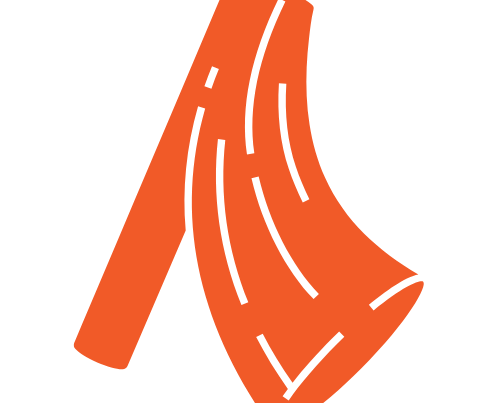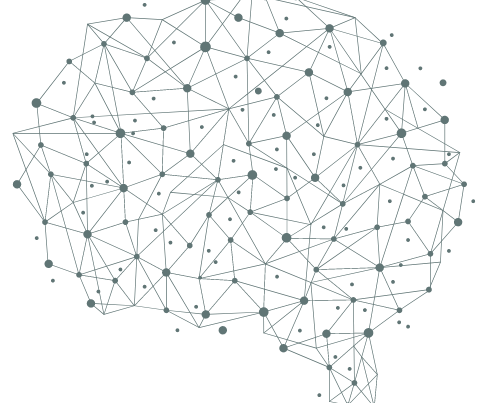As before, neur-algia simply means ‘nerve pain’. The question always becomes, can you figure out which ‘neur’ (i.e., nerve) is causing the ‘algia’ (i.e., pain). Secondly, if you can figure that answer out, what can you do about it? Therefore, frontal neuralgia refers to nerve pain occurring in the front of the face, specifically the region above the eyeballs and forehead, often extending into the hairline. There are two primary nerve targets when it comes to surgical intervention for frontal neuralgia: the supraorbital and supratrochlear nerves. The latter emerge below the eyebrows just above the nasal bridge as it merges with the forehead. The supraorbital nerves emerge just below the eyebrows a little more toward the side of the head and are much larger nerves that have multiple branches usually extending to cover the forehead and the scalp even past the anterior hairline.
Interestingly, it used to be thought that the primary compressive elements in these areas for these nerves were the muscles that are activated when we scowl. However, subsequent research has demonstrated that while these muscles are certainly involved in many cases, there are other compressive elements as well, specifically the adjacent blood vessels (e.g., the supraorbital artery/vein) and the periosteum (or covering of the bone) of the eye socket. In some cases, bone itself can be a compressive structure because the supraorbital nerve is thought to emerge from behind the eyeball and ascend toward the hairline through the notch in the bone of the forehead. However, in a significant number of patients, that nerve emerges from a small bony opening which also contains a blood vessel. In these cases, small bits of frontal bone have to be removed to completely release the supraorbital nerve.
For the reasons noted above, Botox may or may not be effective in reducing headache pain in patients suffering from frontal neuralgia. If the primary compressive element is muscle and Botox relaxes that muscle successfully, the patient may experience noticeable relief from these injections. However, if the compressive element is a blood vessel or bone, Botox will obviously have minimal impact and the results from these injections will be minimal or nothing. It is therefore important to keep in mind that this negative result does not mean that surgical intervention will be ineffective because the primary compressive element has yet to be addressed. For this reason among others, I find that nerve blocks are the better diagnostic modalities to determine whether or not surgery is likely to be effective. If you have significant pain in the frontal region and you block the supraorbital and/or supratrochlear nerves with significant pain reduction within a few minutes, surgical decompression of these nerves is likely to be effective long-term.
Find out more about treating your migraine symptoms by contacting us HERE.





